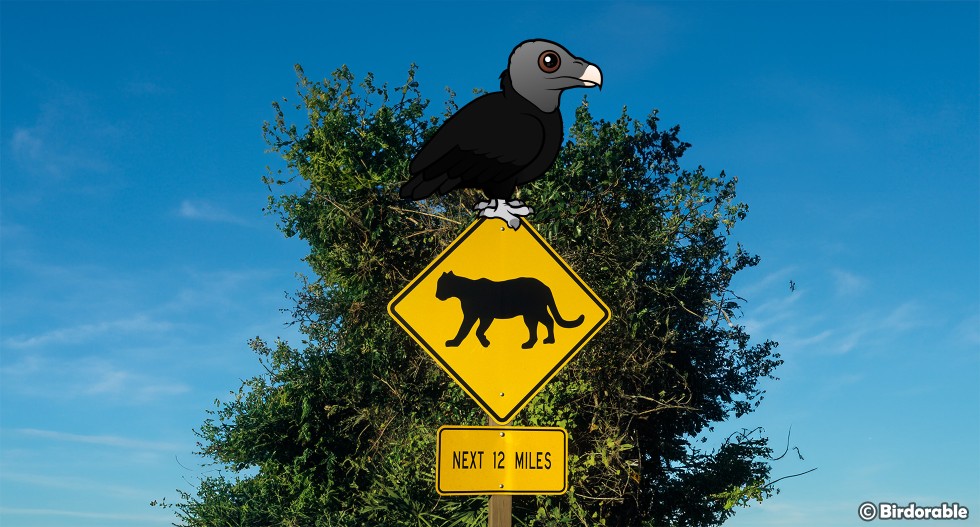Discovering the Cute Side of the American Black Vulture

The American Black Vulture might not strike everyone as "cute" in the traditional sense. Known for their stark black plumage and their role as nature's clean-up crew, these birds carry a certain rugged beauty and an air of mystery that is often misunderstood. However, through the lens of Birdorable, even the American Black Vulture gets a makeover that highlights its unique charm, transforming it into an adorable character that can capture hearts and change perceptions.
American Black Vultures are remarkable birds that play a crucial role in the ecosystem. As carrion-eaters, they serve as nature's way of recycling, helping to clean up the environment by consuming dead animals. They are found across the southern United States and stretch down through South America, adapting to a variety of habitats from open countryside to forests and even urban areas.
What makes the American Black Vulture stand out, aside from its all-black appearance, is its social behavior. These birds are known to be highly social creatures, often seen roosting and flying in large groups. Their strong familial bonds and community dynamics are fascinating, revealing a complex social structure that is rare among many bird species.
The American Black Vulture's adaptation to various environments, including its presence in human-inhabited areas, also highlights the importance of coexistence and the need for conservation efforts to protect these essential avian scavengers. By understanding and appreciating their role in the ecosystem, we can foster a more harmonious relationship with them, ensuring that they continue to thrive and perform their critical environmental duties.













Comments
Leave a comment
Thank you!